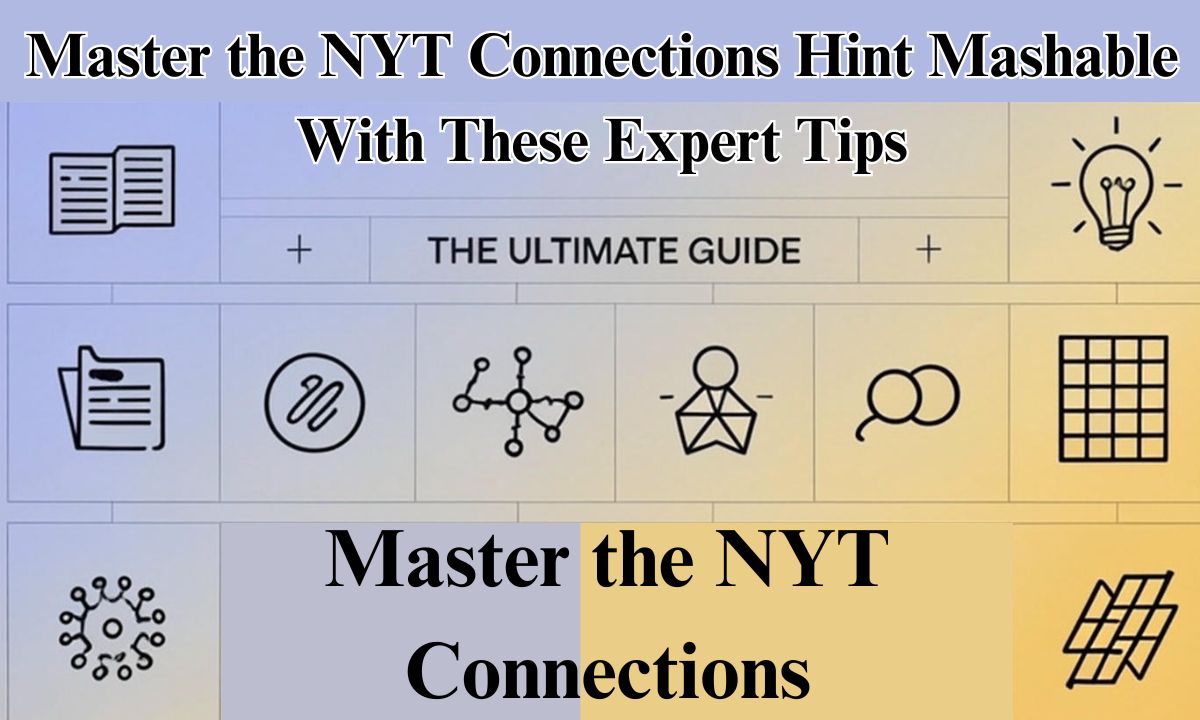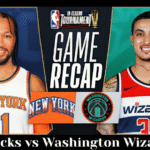The NYT Connections puzzle has quickly become the daily brain teaser of choice for word game enthusiasts everywhere. Players around the world turn to Mashable’s hints system for that perfect balance of guidance without spoilers. This comprehensive guide will walk you through everything you need to know about using Mashable’s resources effectively while developing your own puzzle-solving strategies.
Whether you’re new to Connections or looking to improve your solving streak, these expert tips will transform your approach to this addictive word association game. Let’s dive into the world of categories, connections, and clever wordplay that makes this puzzle so uniquely challenging.
What is the NYT Connections Puzzle?
The NYT Connections puzzle is a daily word puzzle created by Wyna Liu that challenges players to sort 16 words into four distinct groups of four. Each group shares a common theme or relationship that players must identify through pattern recognition.
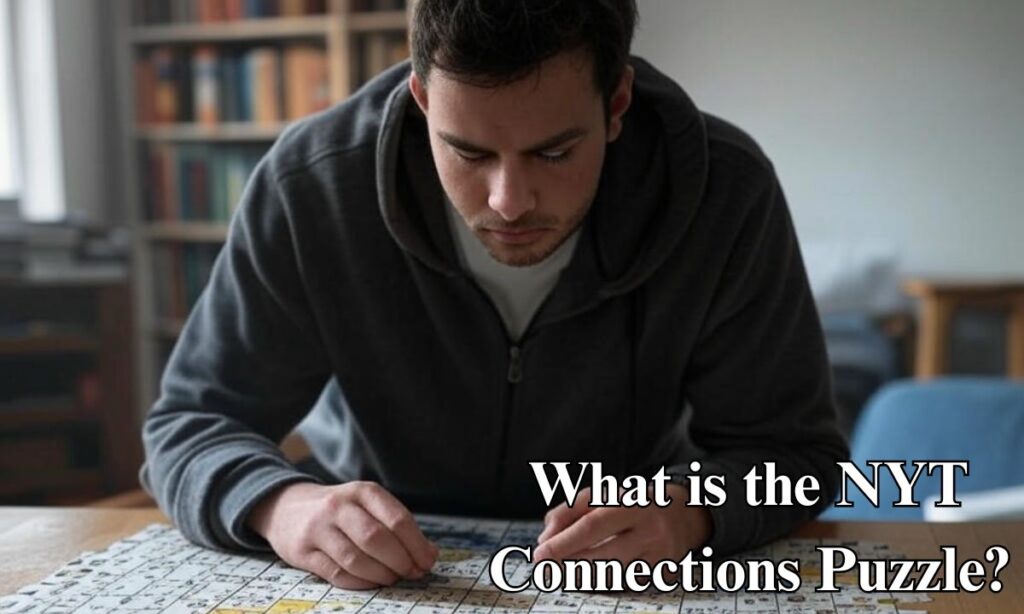
The puzzle features a color-coded puzzle categories system to indicate difficulty:
- Yellow (easiest): Obvious categories like foods or animals
- Green (medium): Related concepts or fields
- Blue (challenging): Word relationships or usage patterns
- Purple (most difficult): Obscure or punny connections
What makes Connections particularly challenging is its emphasis on lateral thinking. Unlike linear puzzles that follow a clear sequence, Connections requires players to think in multiple directions simultaneously. You’ll need to identify semantic relationships between words that might not be immediately obvious.
Players get only four attempts to solve the puzzle correctly. This limited margin for error makes strategic approaches essential for consistent success. The daily reset happens at midnight Eastern Time, giving puzzle enthusiasts a fresh challenge every 24 hours.
Why Are Mashable Connections Hints a Lifesaver?
Mashable has established itself as the premier resource for Connections players seeking assistance. Their hint tiered system offers multiple levels of help without ruining the satisfaction of solving the puzzle yourself. Here’s why so many players rely on this progressive hint methodology:
1. Subtle, Spoiler-Free Help
Mashable’s first level of hints provides gentle nudges rather than explicit answers. These carefully crafted clues point you in the right direction without revealing too much, preserving the “aha” moment that makes solving puzzles so rewarding.
- Their hints often focus on category identification without naming the exact connection
- They might suggest looking at certain words more closely without revealing the full group
- This approach supports word categorization skills development rather than short-circuiting it
2. Detailed Answer Breakdowns
Once you’ve solved the puzzle (or if you’re completely stuck), Mashable offers comprehensive explanations of each category. These breakdowns help you understand the linguistic connections that might have eluded you.
- Explanations often reveal subtle semantic fields you might have missed
- They highlight word association patterns that could help with future puzzles
- The detailed analysis improves your linguistic pattern recognition skills over time
3. Avoiding Common Pitfalls
The Connections puzzle is deliberately designed with red herrings and potential misdirections. Mashable’s hints help you navigate these tricky elements by pointing out common traps.
- They identify words with potential word meaning disambiguation challenges
- Their guidance helps with recognizing homographs (words that look the same but have different meanings)
- The hints often address contextual word meaning variations that can trip up players
Top Strategies for Mastering NYT Connections
Combining insights from experienced players with Mashable’s methodology, here are six proven strategies to improve your Connections success rate:
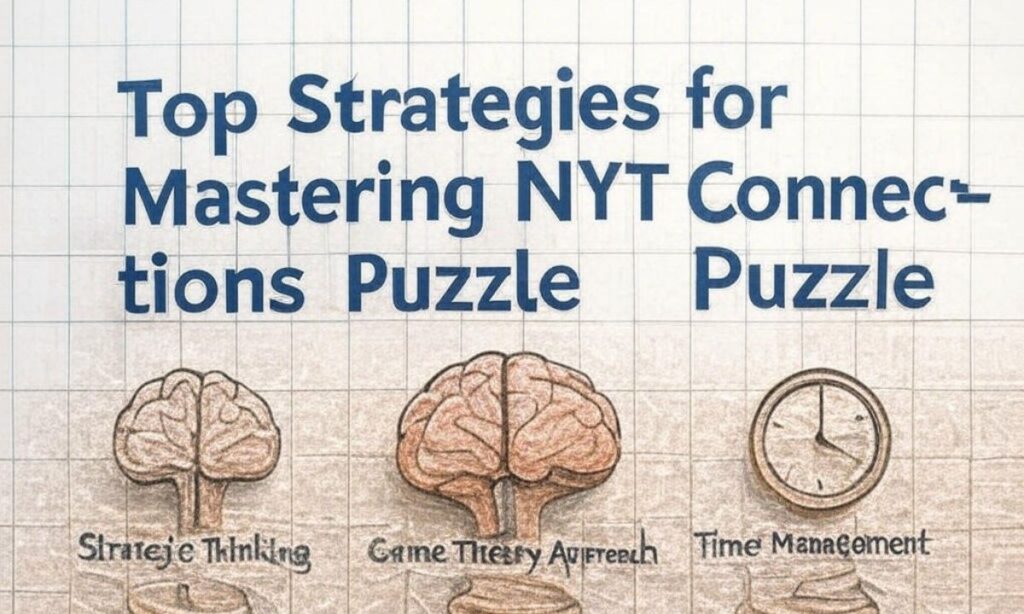
1. Start with Obvious Pairs
Word grouping challenges become more manageable when you begin with clear connections. Look for pairs of words that strongly suggest a category.
- Identify 2-3 words that clearly relate before trying to find the fourth
- Trust your intuition when pairs jump out immediately
- Use these obvious connections as anchors for building complete categories
- Remember that the yellow category is designed to be the most straightforward
2. Focus on Outliers
Words that don’t seem to fit anywhere often hold the key to unlocking difficult categories. These outliers deserve special attention.
- Make a mental note of words that don’t immediately fit into emerging patterns
- Consider unexpected semantic grouping possibilities for these challenging words
- Often the most difficult category (purple) contains these seemingly unrelated terms
- Mashable hints frequently highlight these outliers as crucial puzzle elements
3. Beware of Double Meanings
The trickiest aspect of Connections often involves word sense disambiguation. Many words have multiple potential meanings that could place them in different categories.
- Watch for words like “bat” (animal or sports equipment) or “rock” (stone or music)
- Consider both literal and figurative meanings of ambiguous words
- Mashable often provides hints specifically addressing these homograph recognition challenges
- Try testing multiple interpretations when words could fit in more than one category
4. Think About Prefixes and Suffixes
Lexical patterns frequently form the basis for Connections categories. Pay close attention to word structure and common elements.
- Look for shared prefixes (un-, re-, pre-) or suffixes (-ing, -ed, -able)
- Note words that might function as both nouns and verbs
- Consider words that could be part of common phrases or expressions
- These linguistic pattern recognition clues often reveal hidden categories
5. Look Beyond the Literal
Some of the most challenging categories require thinking metaphorically rather than literally. This is where lateral thinking games skills become essential.
- Consider words that share conceptual relationships rather than obvious similarities
- Look for words that might complete familiar phrases or idioms
- Think about cultural references, slang meanings, or specialized terminology
- Mashable ints excel at nudging players toward these non-literal connections
6. Reduce and Reorganize
When faced with multiple possible groupings, use a systematic approach to test different combinations. This pattern identification algorithm mindset helps eliminate incorrect options.
- Start with your strongest category guess and remove those words from consideration
- Reevaluate remaining words for new patterns that might emerge
- If you hit a dead end, be willing to break apart your initial groupings
- Use scratch paper or notes to visualize different category arrangements
How to Use Mashable Hints Strategically?
Maximize the value of Mashable’s resources with these tactical approaches to hint usage:
- Start solo – Attempt the puzzle independently before checking hints
- Progressive revelation – Begin with the most general hints and only move to more specific ones if necessary
- Timing matters – Consider waiting until you’ve used at least two attempts before consulting hints
- Learn patterns – Use Mashable’s explanations to recognize recurring category types
- Study past puzzles – Review previous hint articles to build your pattern recognition puzzles skills
The best approach treats Mashable hints as a learning tool rather than just a solution source. Each hint should improve your solving abilities for future puzzles.
The Community Behind Mashable Hints
Beyond the hints themselves, Mashable has fostered a vibrant community of Connections enthusiasts who share strategies, celebrate victories, and commiserate over particularly challenging puzzles.
- Comment sections offer additional insights and alternative approaches
- Social media tags (#NYTConnections, #Mashable) connect players globally
- Community discussions highlight different solving methodologies
- Shared experiences with difficult puzzles provide perspective and encouragement
This social dimension transforms a solitary puzzle experience into a collective endeavor. Many players report that community insights have improved their solving abilities as much as the official hints themselves.
Avoiding Classic Puzzle Mistakes
Even experienced players make recurring errors when tackling Connections. Here are the most common mistakes to avoid:
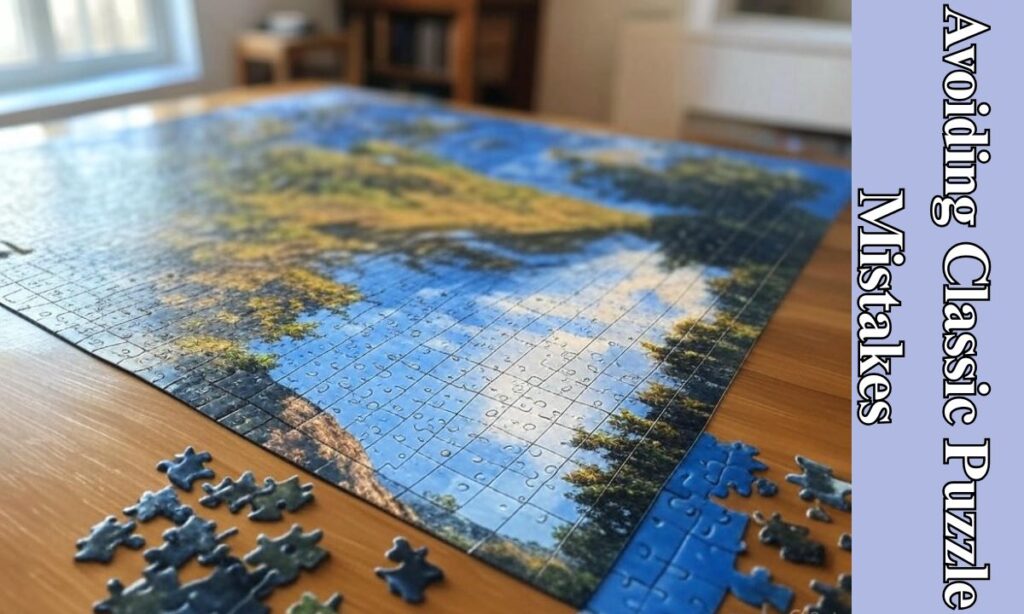
- Fixating on first impressions – Don’t get locked into your initial category ideas
- Ignoring alternative meanings – Consider all possible definitions for ambiguous words
- Overlooking structural patterns – Pay attention to word forms and grammatical functions
- Rushing through attempts – Use your limited guesses strategically rather than impulsively
- Missing cultural references – Some categories require specific knowledge of idioms or expressions
Mashable’s hints often address these common pitfalls directly, helping players develop more flexible thinking patterns for approaching difficult puzzles.
READ THIS BLOG : Chef Gotxen Godolix: The Culinary Revolutionary Transforming Modern Gastronomy
Frequently Asked Question
How soon does Mashable publish hints after a new puzzle releases?
Mashable typically posts hints within 3-4 hours after the midnight ET release of each new puzzle. For especially challenging puzzles, they sometimes provide updated guidance throughout the day.
Does using hints diminish the puzzle-solving experience?
Not when used strategically. Many players find that quality hints enhance their solving skills over time rather than diminishing the challenge. The key is using hints as learning tools rather than shortcuts.
Are there patterns to the difficulty level of puzzles throughout the week?
While not as predictable as crossword puzzles, many players report that Connections tends to be more difficult later in the week. However, substantial variation exists, and particularly challenging puzzles can appear any day.
Can I access hints for past puzzles I missed?
Yes! Mashable maintains an archive of past hints organized by puzzle number. This resource is valuable for players working through the backlog or studying pattern types.
How can I improve my success rate without relying too heavily on hints?
Regular practice is key. Many successful players recommend maintaining a personal “pattern library” of category types you’ve encountered and tracking which ones consistently challenge you.
Conclusion
The NYT Connections puzzle offers a uniquely satisfying challenge that balances vocabulary knowledge with creative thinking. Mashable’s hint system provides the perfect companion resource for players looking to improve their skills without losing the joy of discovery.
By applying the strategies outlined in this guide—from identifying obvious pairs to recognizing linguistic patterns—you’ll develop the mental flexibility needed to tackle even the most challenging puzzles. Remember that improvement comes with practice, patience, and a willingness to think beyond conventional word associations.
Whether you’re a casual solver or aiming for a perfect streak, the combination of thoughtful practice and strategic hint usage will transform your Connections experience. Happy puzzling!

jack is an experienced blogger and a passionate wordsmith at Phrase Pioneers. With a keen eye for language and a deep love for writing, she shares insightful posts on grammar, phrases, and the art of communication.
